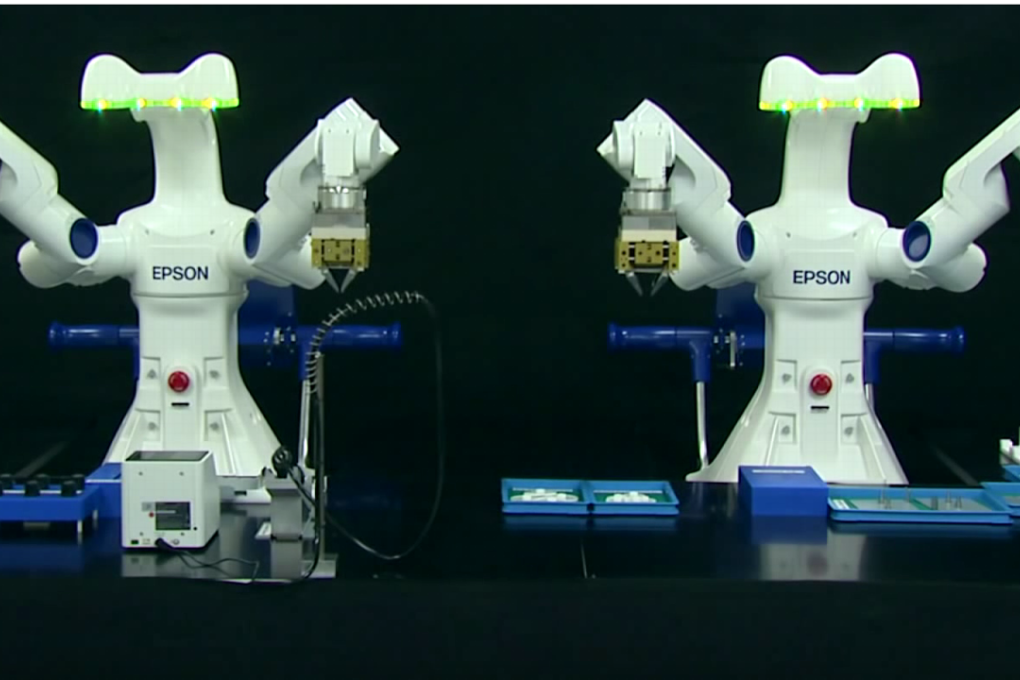Epson diversifying into robotics, wearable gadgets
Epson turns to AI and robotics as it seeks to boost sales revenue by 50 per cent in the next decade

By Suchit Leesa-Nguansuk
Seiko Epson Corporation, a Japan-based technology firm, plans to diversify into robotics, wearables, and visual and inkjet printing businesses, with a target of ¥1.7 trillion (US$1.5 billion) in sales revenue in 2025.
The goal for the company’s 10-year vision is for sales revenue to grow by 50 per cent from 2016, with 3D printing and dual-arm robotics embedded with artificial intelligence (AI) on the roadmap.
Seiko Epson will use acquisitions and partnerships to fulfil strategic software goals for AI, printed material and production printing.
“Our vision by 2025 is to create a new age of connected people, things and information with efficient, compact and precision technologies for sustainable growth,” said president Minoru Usui at Epson Singapore’s 35th anniversary.
The company also targets net profit of ¥200 billion (US$176 million) and 12 per cent return on sales.